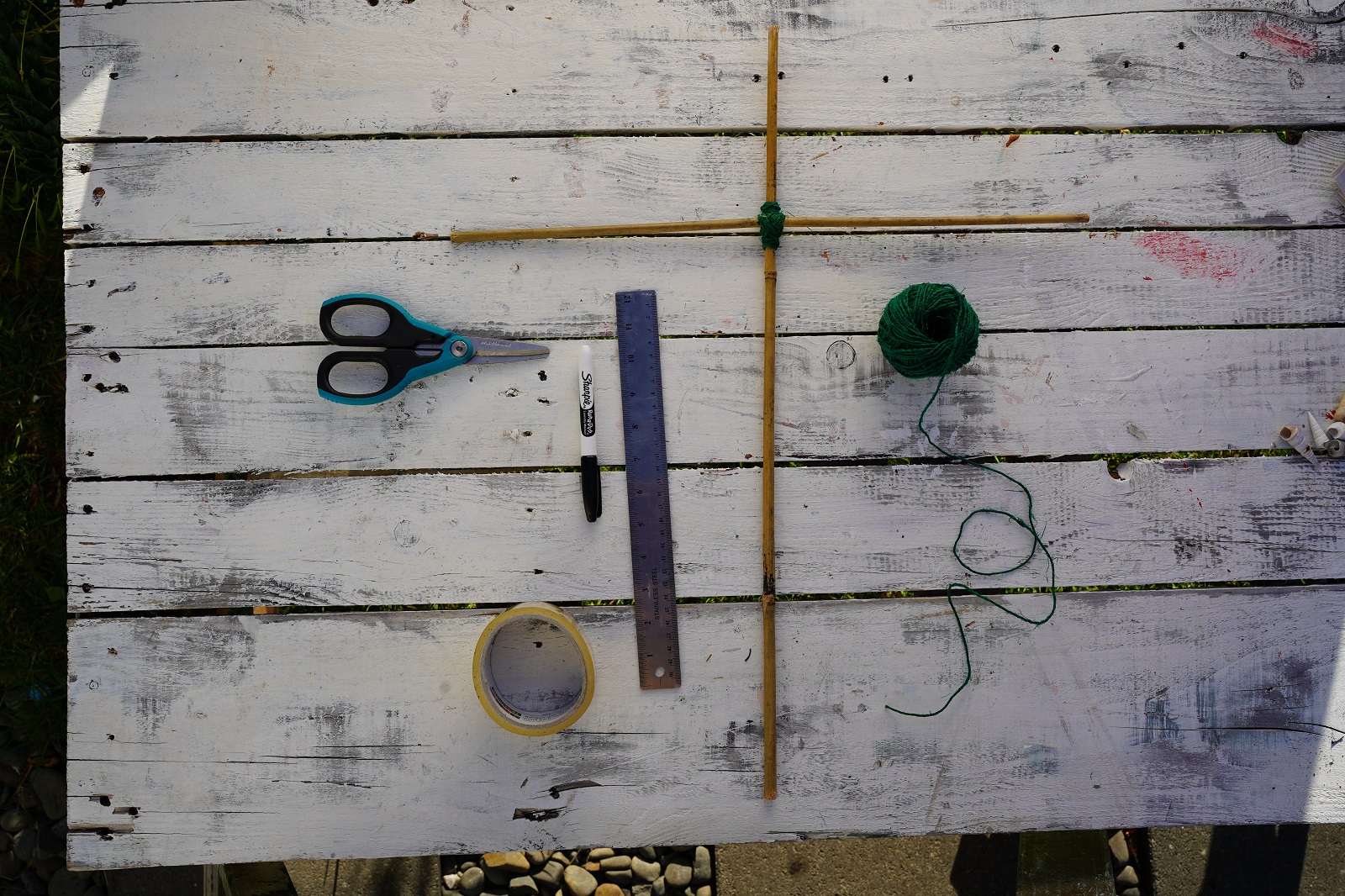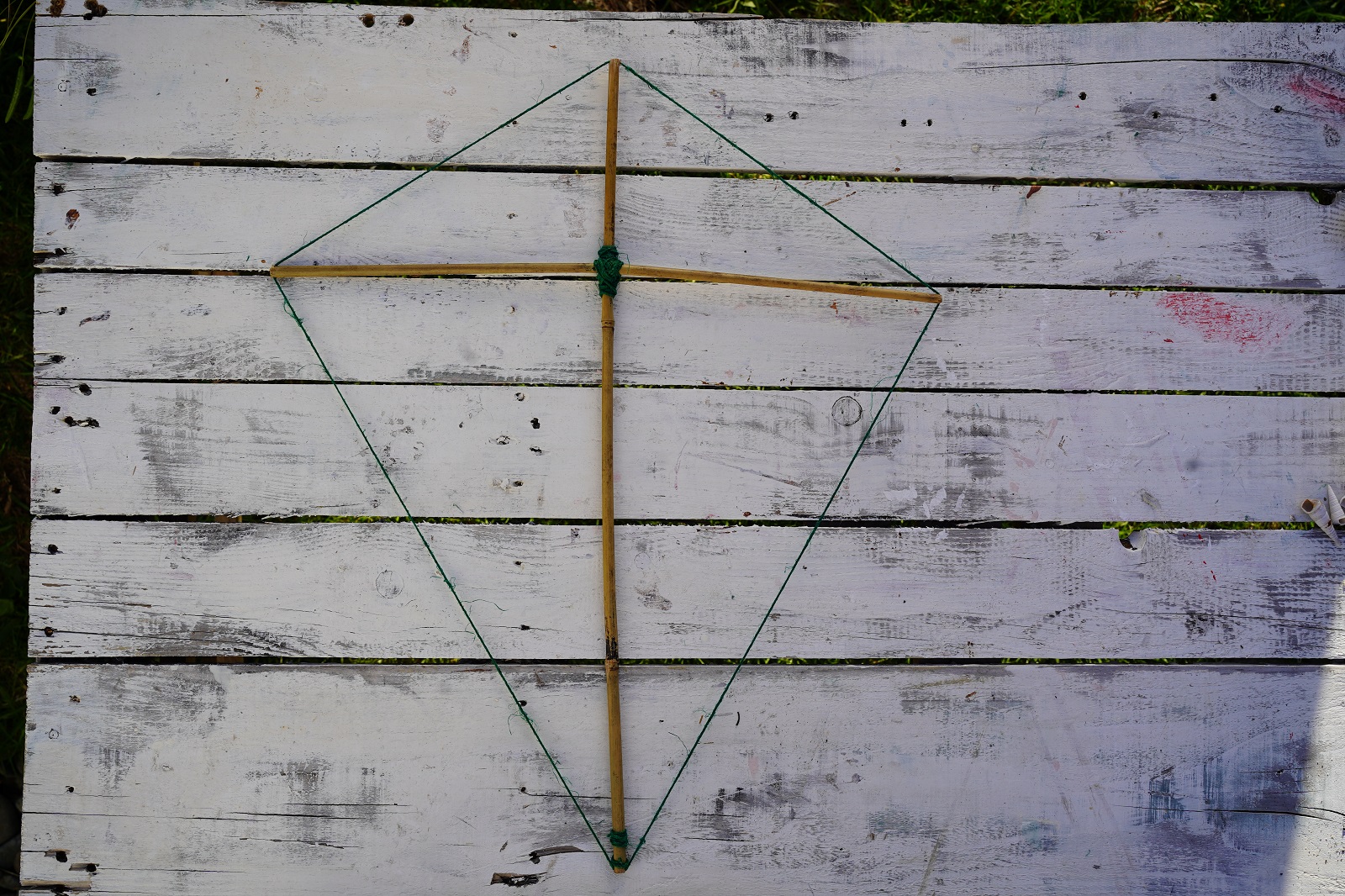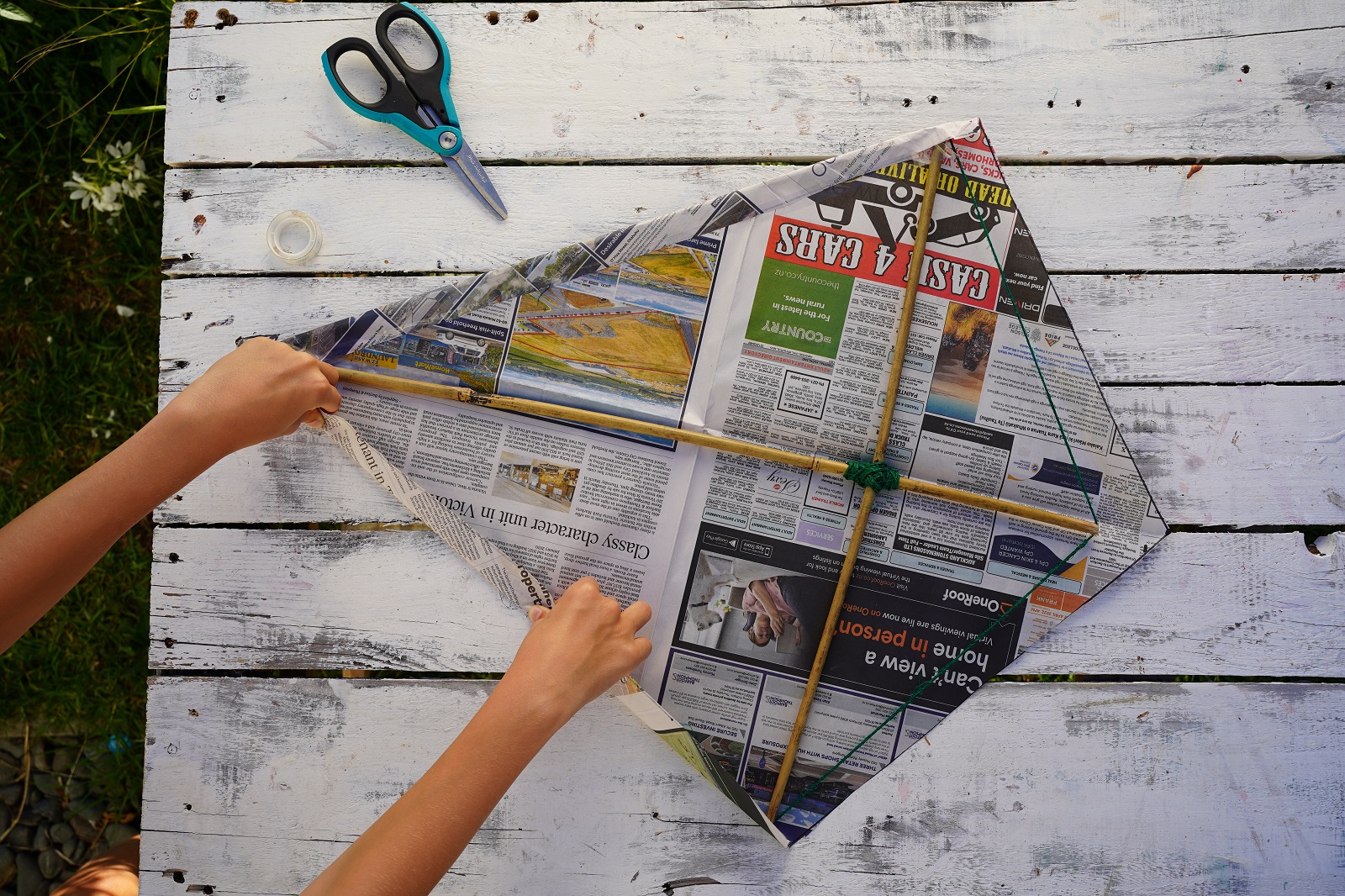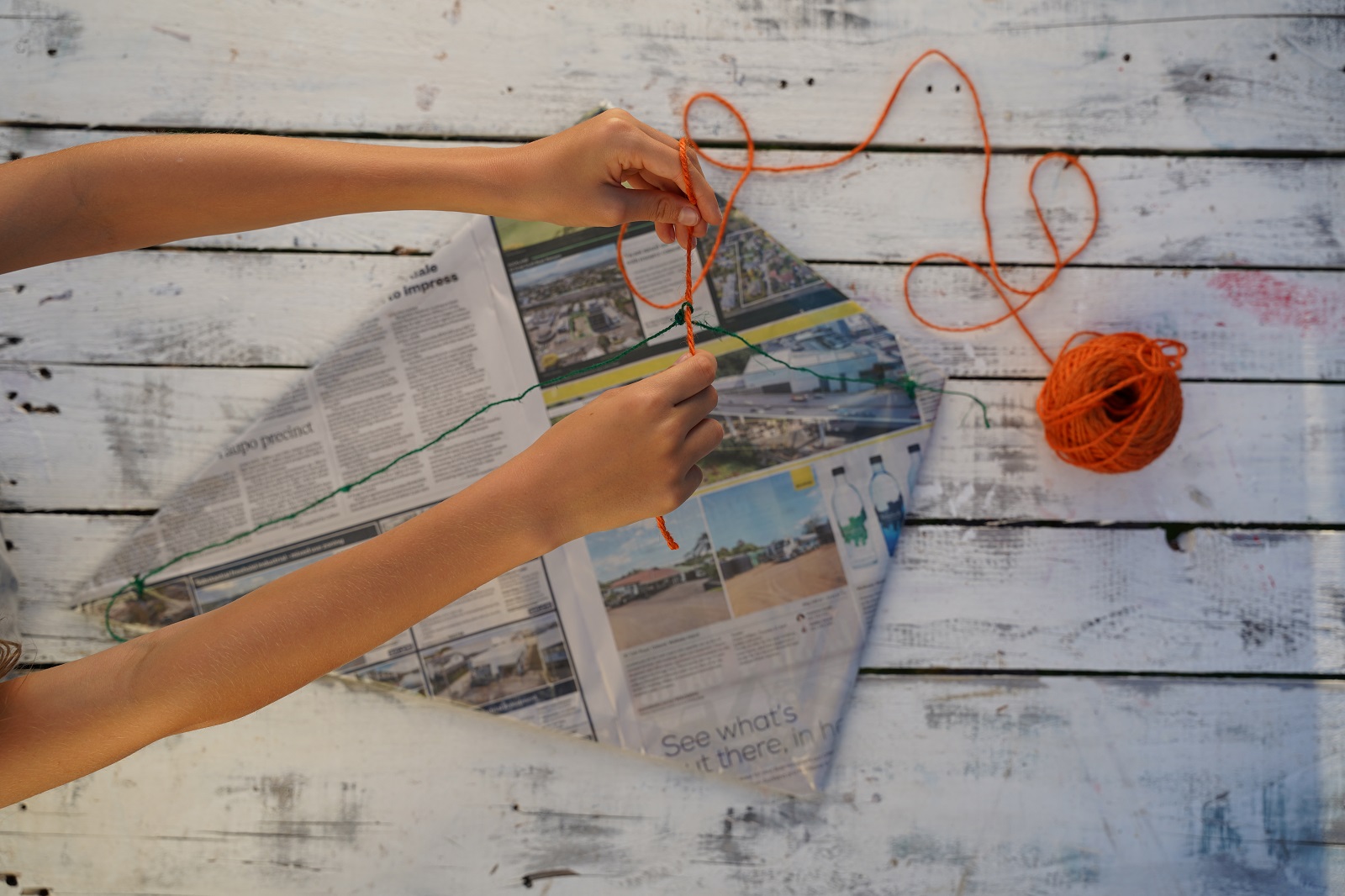Matariki is a time for whānau to come together, reflect on the year that has been, and to plan for the future.
There are many ways to celebrate this significant period in the Māori calendar, and a very popular way to get involved is flying homemade kites.
Over the centuries Māori have made 17 types of kites for a range of activities, including to communicate with the gods, to summon a nearby village to a meeting, and also for plain fun.
One of the types of kites children made were called manu aute. “Manu” means bird and “aute” is the bark of the paper mulberry tree, which is traditionally one of the materials used.
On Saturday 25 June, there will be all kinds of kites at the Manu Aute Kite Day at Takaparawhau/Bastion Point.
This free event will be hosted by Ngāti Whātua Ōrākei, and everyone is encouraged to come along and fly their kites.
No kite? No problem. Follow our simple guide on how to make a traditional kite at home:
This kite is based on a traditional manu taratahi (taratahi means triangle), which had a single plume of toetoe at the top, but you might also like to adapt these instructions to make a diamond-shaped kite, known as a manu patiki (flounder) because it was shaped like the fish.
- Create a frame using lightweight material. Traditionally manuka, toetoe or supplejack were used for kite making but you can also use bamboo or straws. You want three pieces that are around 75cm long and one that is 60cm long. Arrange your sticks into a triangle as shown, with one of the longer sticks in the centre.
- Tie each section of your frame together with string, or you could use a glue gun.


- Traditionally dry raupō (bulrushes) leaves were threaded to the frame with finely woven harakeke (flax) but you can cover your frame with harakeke leaves, ribbon, a plastic bag, newspaper or canvas. Use a glue gun or sticky tape to attach the pieces. You might like to paint your kite or add decorations like feathers or shells.
- Tie string to the top and bottom of the central piece of the frame – this is your bridle line. Then tie a long piece of string to the centre of the bridle line – this is your flying line.





